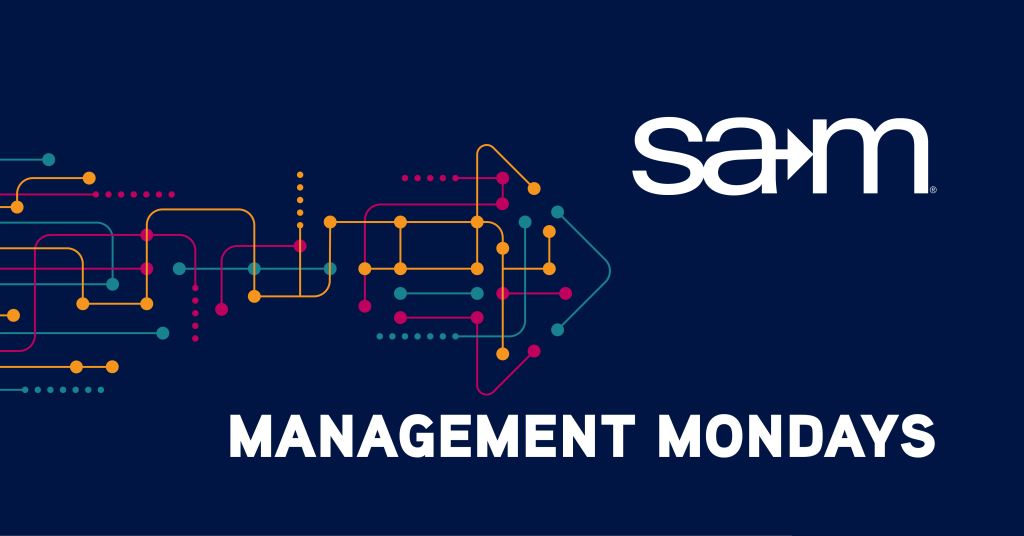
Every meeting, presentation, or one-on-one conversation has an unspoken test at the end. Did the message lead to action, or did it simply fill time? Many professionals deliver compelling updates, share thoughtful insights, and lead productive discussions, but still fail to create movement. The missing piece is often a clear and actionable close. A strong call to action is not about wrapping things up with polite phrases or open-ended invitations. It is about giving people direction, purpose, and clarity on what comes next. Without that clarity, even the best message loses momentum the moment the meeting ends.
Leaders who consistently drive results do so by turning communication into commitment. They do not leave next steps up to interpretation or assume people will follow through without support. Instead, they craft a close that connects the conversation to a tangible outcome. This transition from talk to action is a skill, not a talent. It requires precision, confidence, and follow-through. When done right, the close becomes a moment of alignment and focus. It transforms your message from informative to influential.
Why Most Closings Fall Flat
Too often, messages end with vague statements like “Let me know if you have questions” or “We’ll take it from here.” These phrases may sound courteous, but they fail to spark ownership. They leave your audience unsure of what’s expected and unconvinced that anything will change. A weak closing creates ambiguity, and ambiguity breeds inaction. When people are not given clear direction, they default to their own assumptions. This often results in follow-up delays, miscommunication, or even complete inaction. That kind of breakdown is not a reflection of poor intent, but of missed opportunity.
A strong close gives people more than a summary. It gives them a role. It outlines what decisions need to be made, what deadlines matter, or what support is required. The clearer you are, the more confidently others will move. When people leave the room knowing what they are responsible for and how to take the next step, momentum builds. And when momentum builds, transformation becomes possible. It all starts with taking the close seriously as part of your leadership presence.
From Passive Language to Powerful Commitment
The way you phrase your call to action changes how people respond. Passive language makes it easy to disengage. Statements like “We should consider” or “Let’s think about” are soft cues that suggest optionality. If you want movement, you need to use language that is confident and specific. This does not mean being aggressive. It means being grounded and intentional. A strong call to action sounds like “I’d like each of you to provide input on this by Friday,” or “Let’s reconvene in two weeks with draft proposals ready.” These statements create focus and accountability without creating friction.
Your tone also carries weight. A rushed or uncertain closing can signal that you are not fully confident in the path forward. A calm, steady tone, on the other hand, reinforces that you are leading with clarity. People take cues from your delivery, not just your content. If your tone reflects purpose, your message gains traction. When your voice projects consistency, your team responds with commitment. That shift from suggestion to direction is what builds execution into your communication style.
Closing the Loop to Drive Follow-Through
Even the best calls to action lose power if they are not followed by structure. Clear expectations should be paired with a system for accountability. Whether it is a shared document, a check-in date, or a defined owner for each task, your message becomes stronger when it includes support. People are more likely to act when they know someone will check in. They are also more likely to bring their best effort when expectations have been clearly documented and timelines are agreed upon. Without these tools, even committed teams can lose focus.
Closing the loop also gives you a chance to reinforce your message. By summarizing key agreements and restating the purpose behind them, you make sure your call to action is not just heard but retained. A good close repeats what matters, confirms what is next, and motivates people to take ownership. It is not about control. It is about clarity. And in any setting where change is needed, clarity is what builds trust and progress. When your message ends with purpose and structure, people do not just nod. They move.
Final Thoughts
The difference between a message that lingers and one that leads to change often comes down to the way it ends. Many professionals underestimate the importance of a clear and specific call to action. They assume that the value of the message will carry over into results, but that rarely happens without guidance. A well-structured close gives people more than information. It gives them a role, a timeline, and a sense of shared purpose. That clarity is what transforms conversations into outcomes. When you prepare the end of your message with the same care as the beginning, your words leave a stronger mark. People leave knowing what to do, not just what they heard.
Influential communicators understand that direction builds trust. When you close with confidence and follow through on your expectations, others begin to see you as a steady and dependable presence. This builds a culture where accountability is expected and action is the norm. Clear closings reduce confusion, prevent delays, and reinforce your leadership without the need for pressure. They show that you value both the message and the people receiving it. When everyone understands what comes next and why it matters, progress feels natural. And in a world full of talk, that kind of progress is what sets leaders apart.
Whether you’re working across the hall or across time zones, your ability to communicate effectively within a team shapes your success. Our Communicating Collaboratively course gives you practical strategies for leading conversations, managing virtual dynamics, and getting real results in group settings. Learn how to contribute meaningfully, facilitate productive meetings, and navigate the challenges of remote collaboration with confidence.
Register today for Communicating Collaboratively and start building the communication skills that every high-performing team member needs. SAM members receive a 20% discount, join today and take advantage of this and many other membership benefits!

Written By,
Patrick Endicott
Patrick is the Executive Director of the Society for Advancement of Management, is driven by a deep commitment to innovation and sustainable business practices. With a rich background spanning over a decade in management, publications, and association leadership, Patrick has achieved notable success in launching and overseeing multiple organizations, earning acclaim for his forward-thinking guidance. Beyond his role in shaping the future of management, Patrick indulges his passion for theme parks and all things Star Wars in his downtime.
